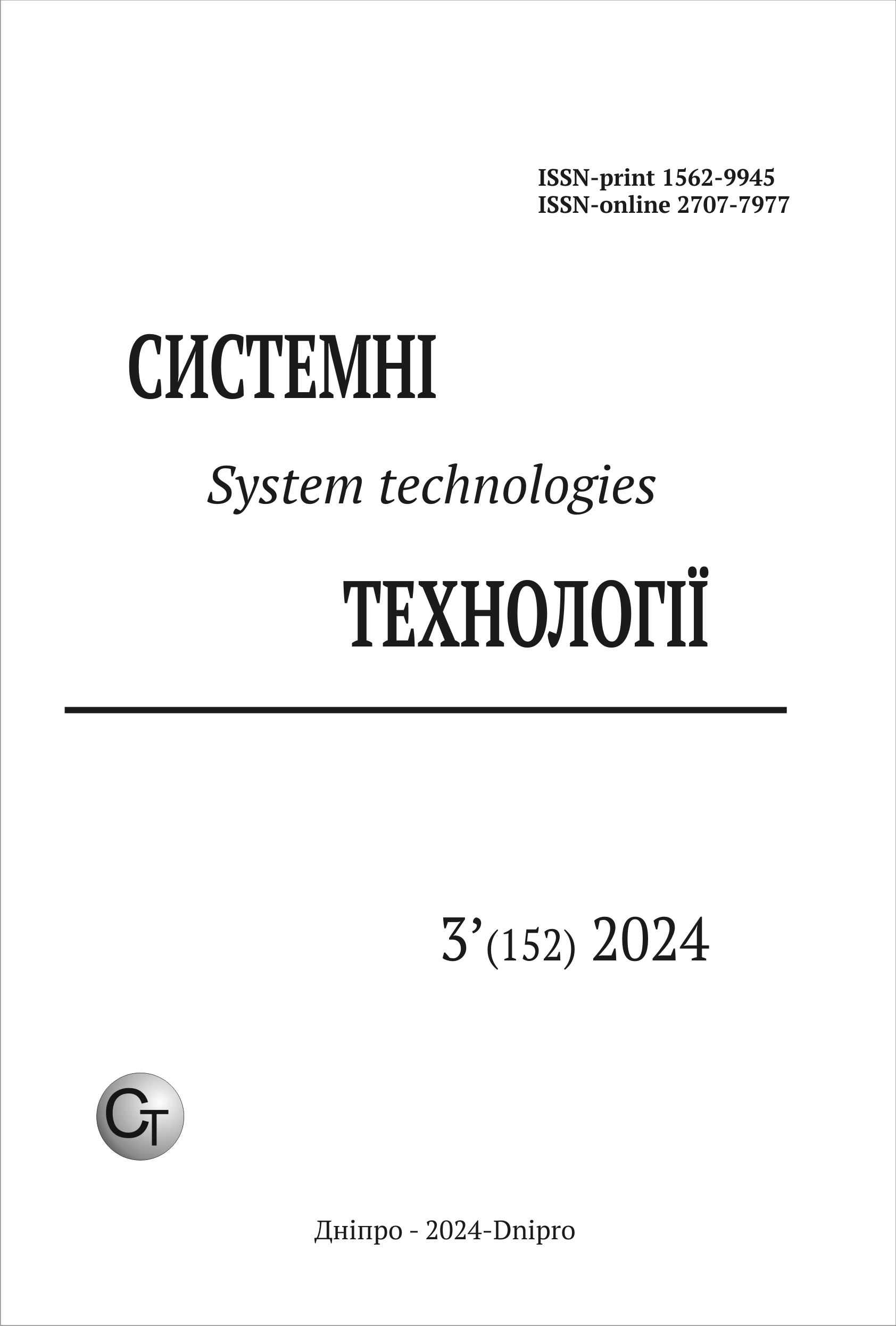ДОСЛІДЖЕННЯ РІВНЯ ВІДПОВІДНОСТІ МІКРОКОНТРОЛЕРА ESP32 МІЖНАРОДНИМ СТАНДАРТАМ З КІБЕРНЕТИЧНОЇ БЕЗПЕКИ ІНТЕРНЕТУ РЕЧЕЙ
DOI:
https://doi.org/10.34185/1562-9945-3-152-2024-08Ключові слова:
інтернет речей, автоматизація, кібербезпека, мікроконтролер, комп’ютерно-інтегровані технології.Анотація
В роботі досліджується захист мікроконтролера ESP32, який широко викорис-товується для побудови інтернету речей, від кібернетичних загроз шляхом аналізу відповідності платформи розробника вимогам міжнародних стандартів з кібербезпе-ки.
Посилання
Duhinets H.V. Conception of the “Internet of Things” in Global Manufacturing: Experience for Ukraine // Economics and Region, Science Jornal. – Issue № 1 (68) – PoltNTU, 2018 – P.127 – 133
IoT Security and Privacy Paradigm / Edited by Souvik Pal, Vicente García Díaz and Dac-Nhuong Le – Boca Raton, FL: Taylor & Francis Group, LLC, 2020. 398p
ETSI EN 303 645 V2.1.1 «Cyber Security for Consumer Internet of Things: Baseline Requirements». Sophia Antipolis, Fr: ETSI, 2020. 34p
NATIONAL VULNERABILITY DATABASE. [Electronic source] / NIST Site, URL: https://nvd.nist.gov/vuln/search/results?adv_search=true&isCpeNameSearch=true&query=cpe%3A2.3%3Ah%3Aespressif%3Aesp32%3A-%3A*%3A*%3A*%3A*%3A*%3A*%3A*
WiFi Vulnerabilities on ESP32/ESP8266 IoT Devices. [Electronic source], URL: https://www.micro.ai/blog/wifi-vulnerabilities-on-esp32-esp8266-iot-devices
Barybin О.І., Zaitseva Е.Y., Brazhnyi V.V. Testing the Security ESP32 Internet of Things Devices // Cybersecurity: Education, Science, Technique CYBERSECURITY: EDUCATION, SCIENCE,TECHNIQU, Electronic professional scientific publication. – Vol. 2 №6 (2019) – Borys Grinchenko Kyiv University, 2019 – P.71 – 81.
Завантаження
Опубліковано
Номер
Розділ
Ліцензія
Авторське право (c) 2024 Системні технології

Ця робота ліцензується відповідно до ліцензії Creative Commons Attribution 4.0 International License.















